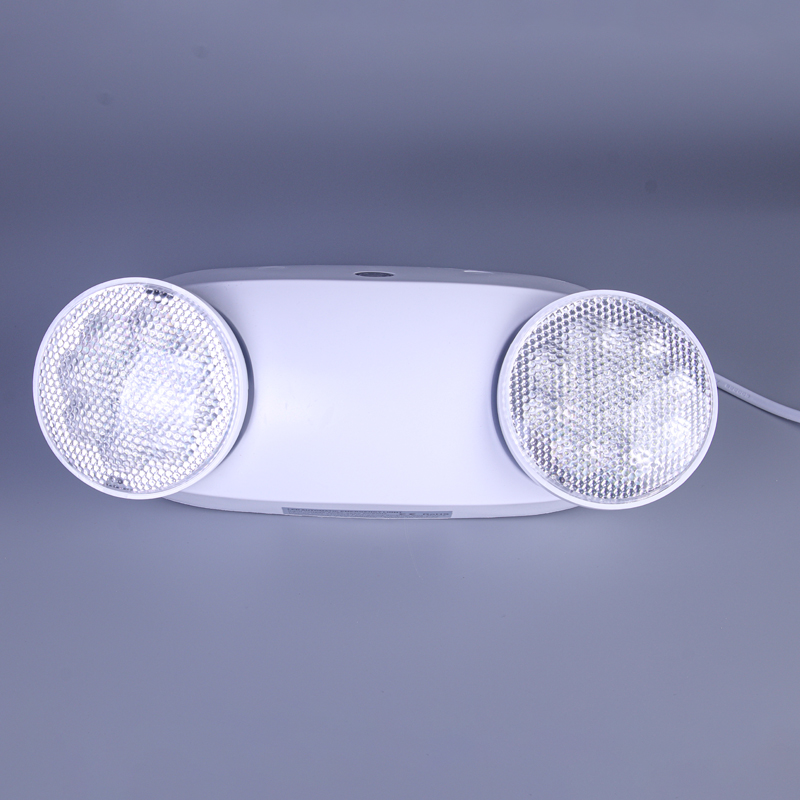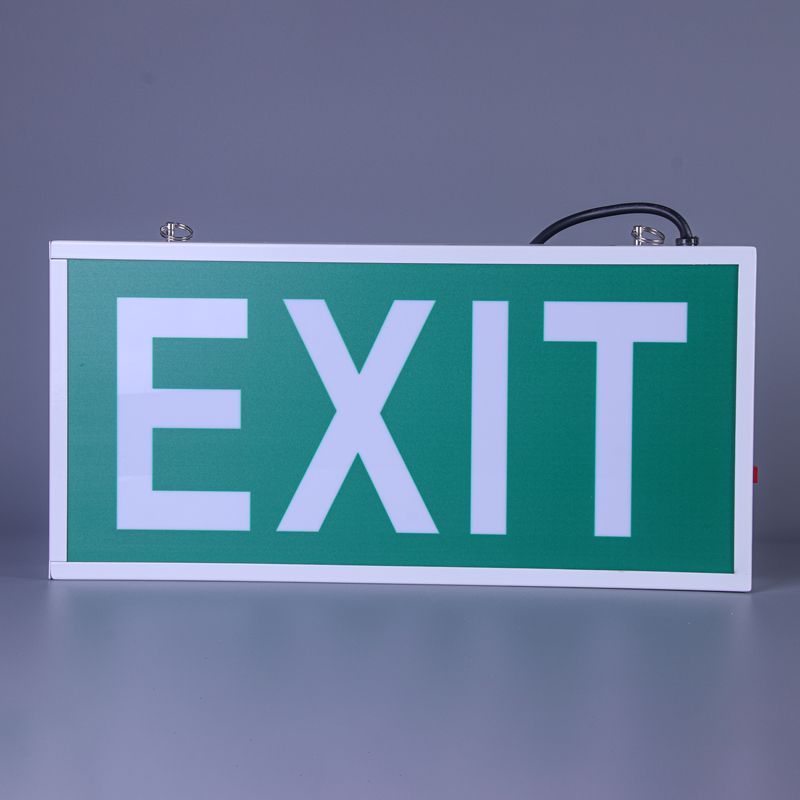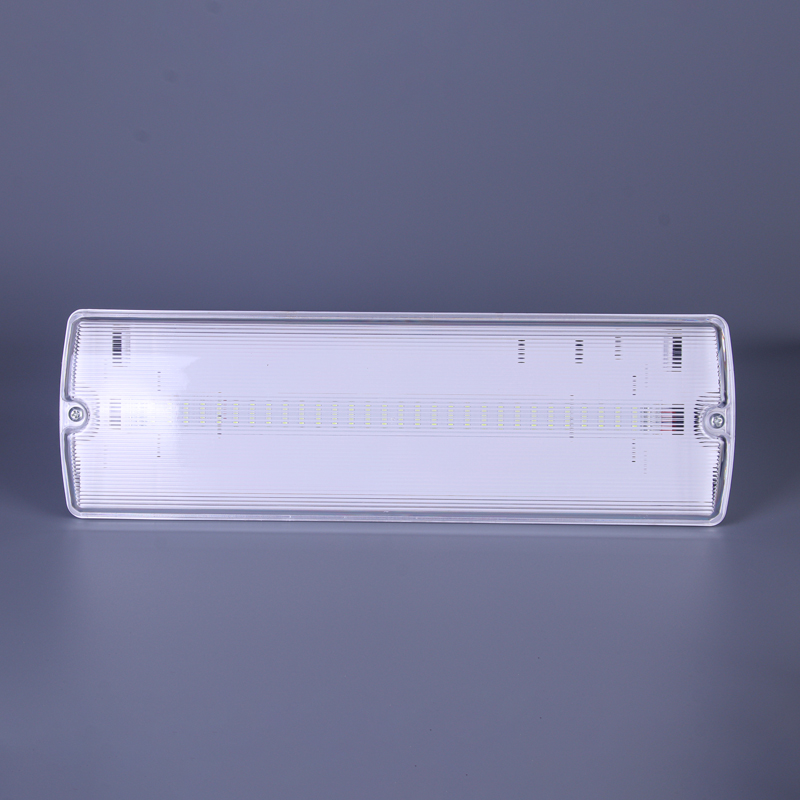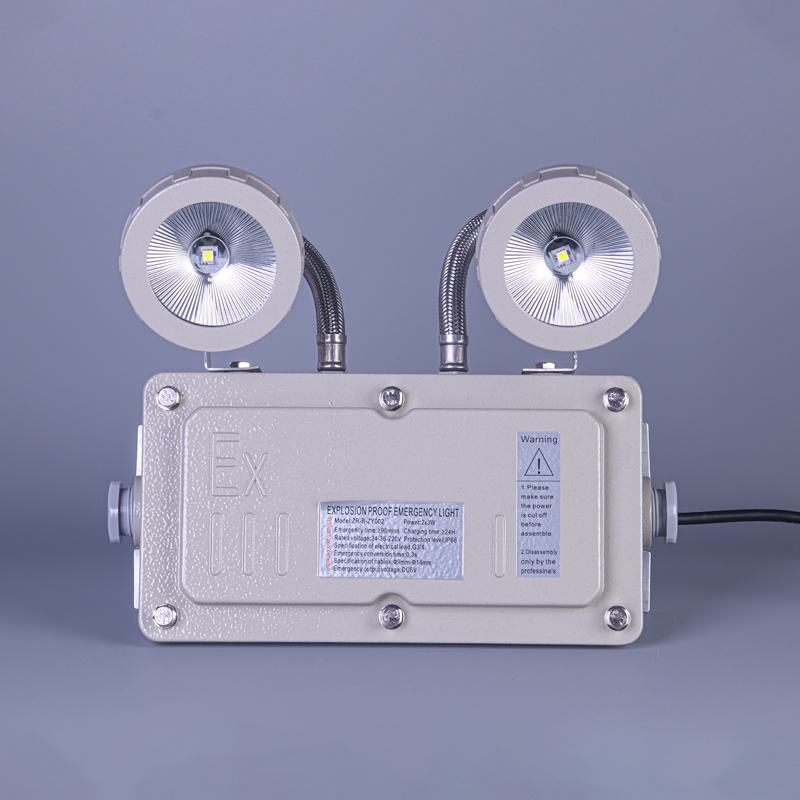
emergency permanent IP65 lamp
Emergency permanent IP65 lamp
Emergency lighting is not just a pleasant bonus, it is an important component of security in various rooms, whether it is a house, an office or production workshop. This type of lighting is especially relevant in places where visibility is required in case of disconnecting the main power supply. The emergency permanent IP65 emergency lamp is a reliable solution to ensure safe functioning in conditions of increased requirements for protection against moisture and dust.
What is IP65 and why is it important?
IP65 is an international standard that determines the degree of protection of electrical equipment from the penetration of foreign particles and moisture. The number 65 means that the lamp is resistant to water jets at a certain angle and is protected from large dust. This is very important for use in rooms with high humidity or in places where there is a chance of mechanical damage (for example, on the street or in production facilities). IP65 lamps are a guarantee of long and uninterrupted work in any adverse conditions.
Advantages of an emergency permanent lamp:
Constant emergency lighting differs from emergency lighting, which is turned on only when the main source is turned off. A constantly working lamp is always ready for work, providing not only the possibility of evacuation in emergency situations, but also guaranteeing a sufficient level of illumination in normal mode. This adds comfort and safety for employees, visitors or residents. Moreover, the constant mode of operation avoids frightening darkness and panic in case of sudden turnover of energy.
Practical application:
IP65 emergency permanent lamps can be used in a wide variety of areas: in underground parking, in warehouses, in production facilities, in public buildings, on street venues. Their reliability and safety make them an indispensable solution to ensure comfort and safety in places where guaranteed illumination is crucial. The choice of a particular model depends on needs, such as power, brightness, required angle of lighting and, of course, compliance with the necessary protection class (IP65 in this case).
AppropriateProducts
Corresponding products
The best soldproducts
The best -selling products-
 3W LED output emergency lamp
3W LED output emergency lamp -
 Output sign of emergency lamps with a ray of light
Output sign of emergency lamps with a ray of light -
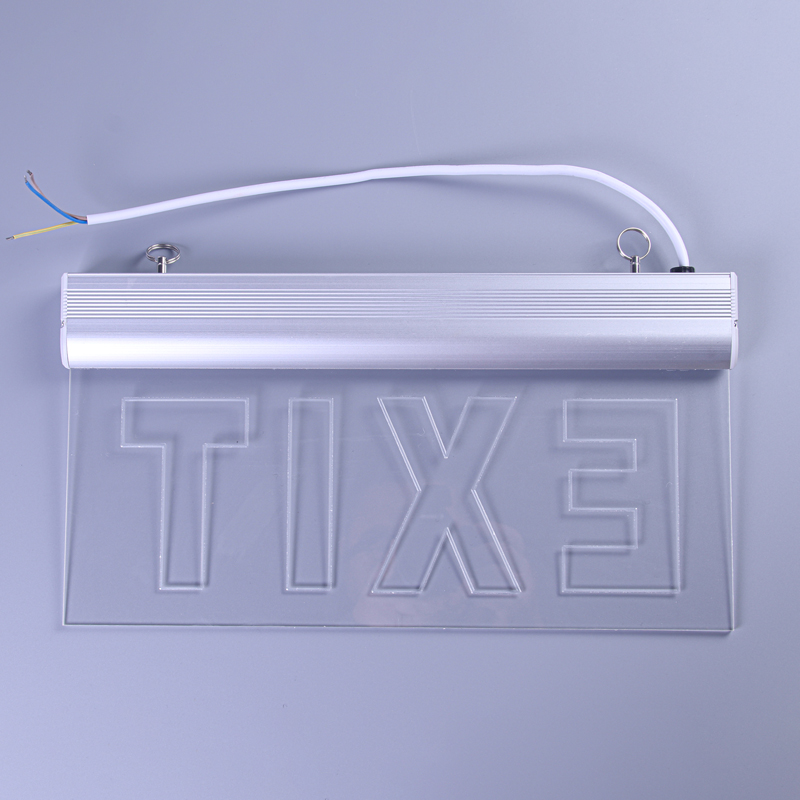 LED emergency lamp 3W output sign
LED emergency lamp 3W output sign -
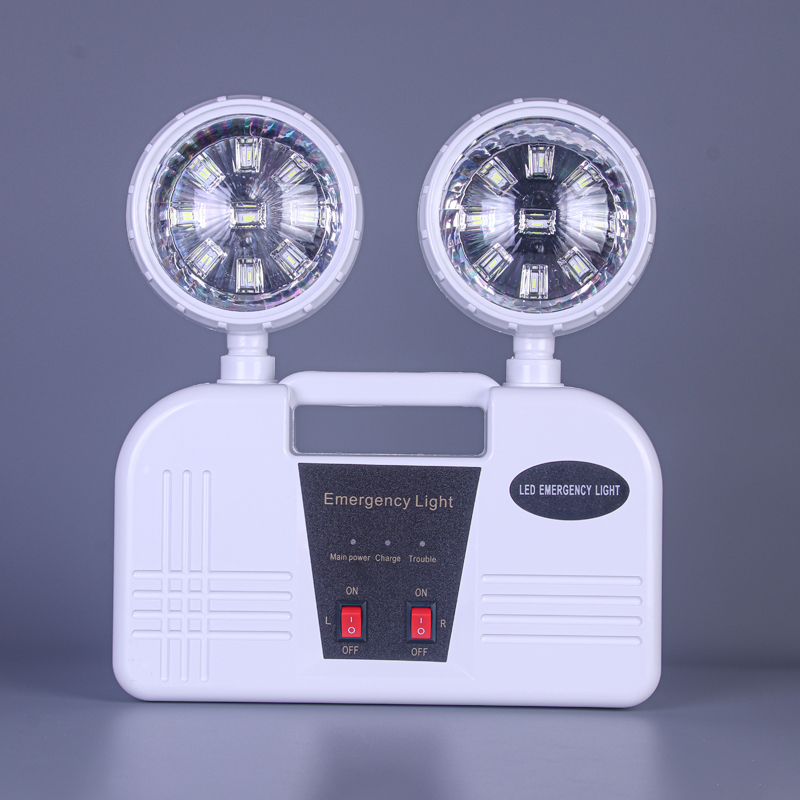 LED rechargeable emergency lanterns with a capacity of 9 watts
LED rechargeable emergency lanterns with a capacity of 9 watts -
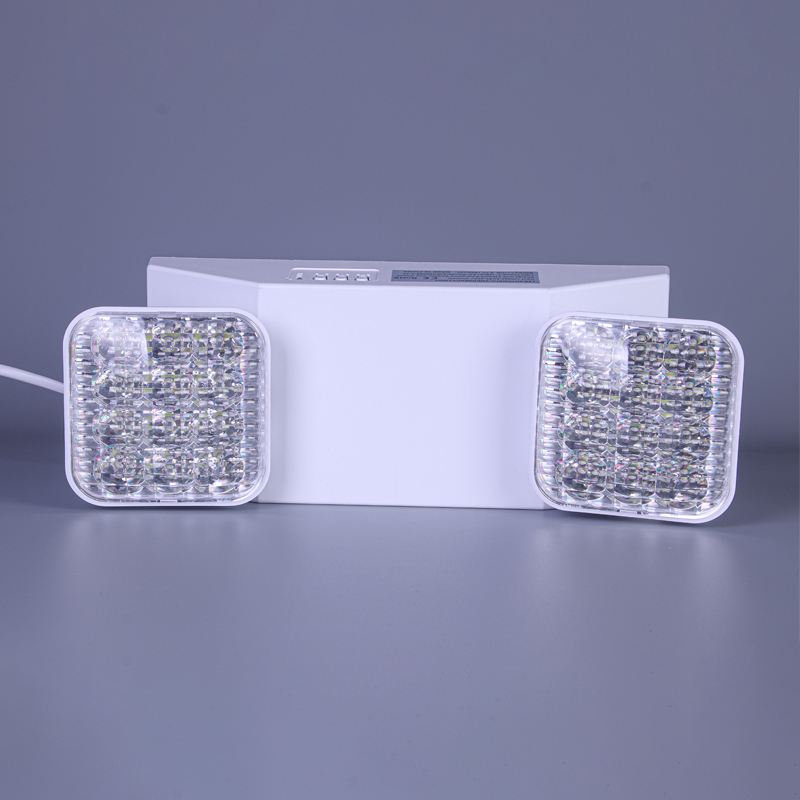 LED rechargeable emergency lamp with a capacity of 6 watts
LED rechargeable emergency lamp with a capacity of 6 watts -
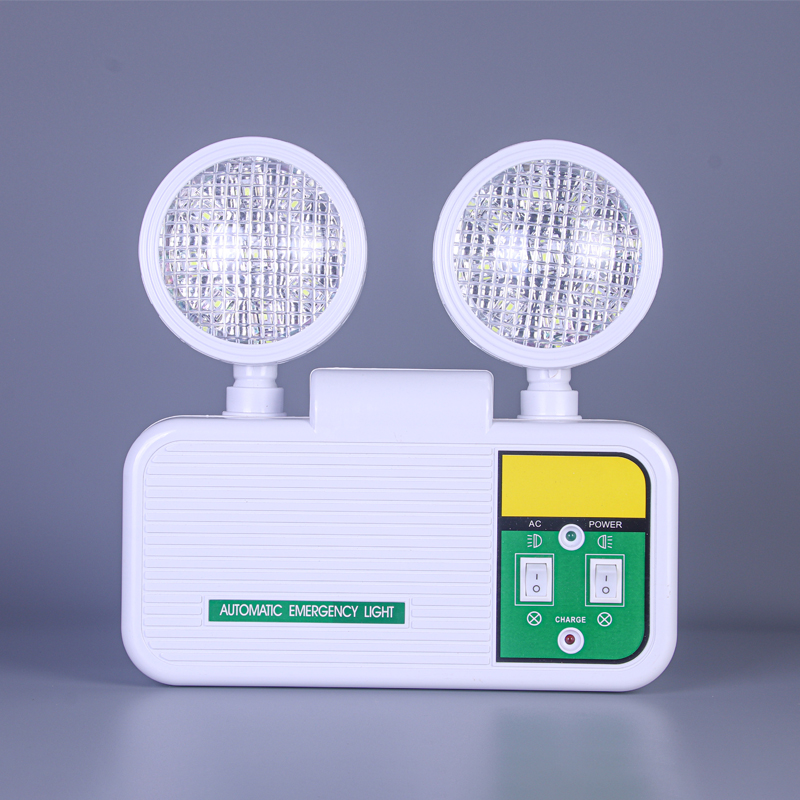 9 W LED automatic two -headed emergency lanterns
9 W LED automatic two -headed emergency lanterns -
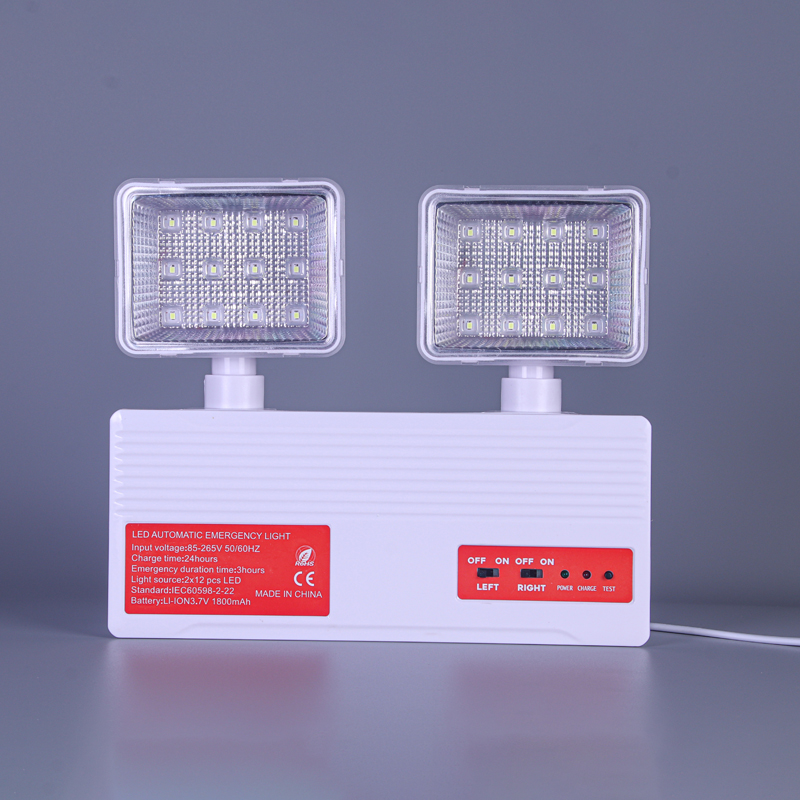 3.7V 5W double head Portable rechargeable LED emergency lanterns
3.7V 5W double head Portable rechargeable LED emergency lanterns -
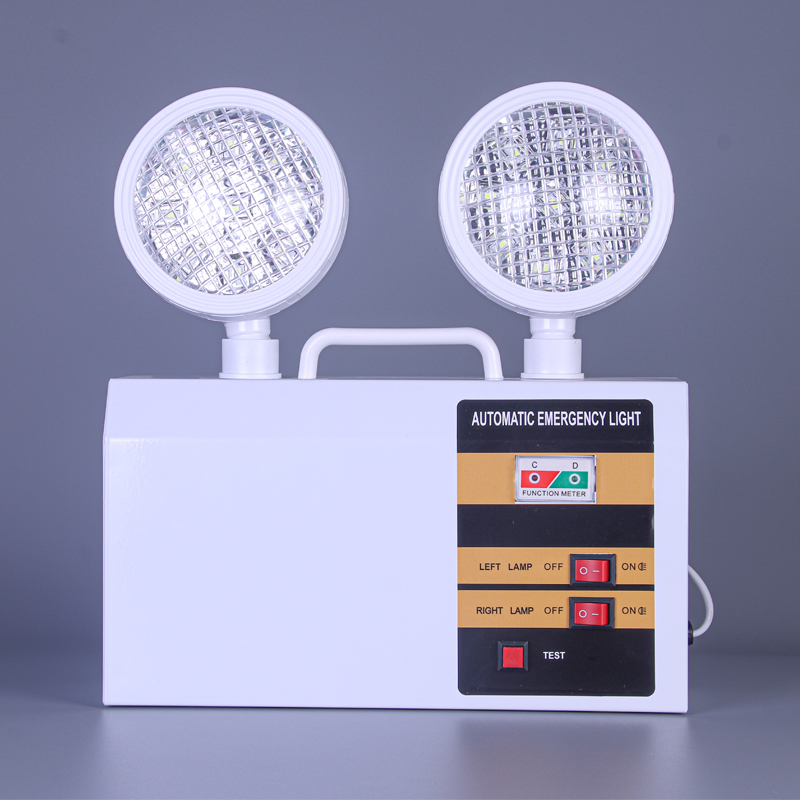 9 W rechargeable LED emergency lanterns with two heads
9 W rechargeable LED emergency lanterns with two heads -
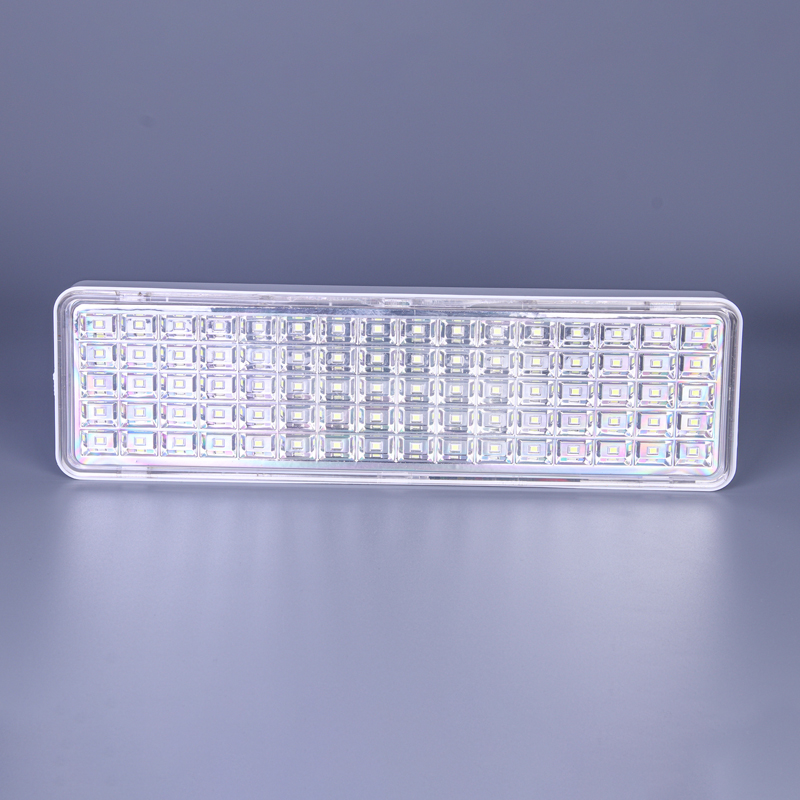 Lithium battery of 80 LEDs Emergency LED lamp
Lithium battery of 80 LEDs Emergency LED lamp -
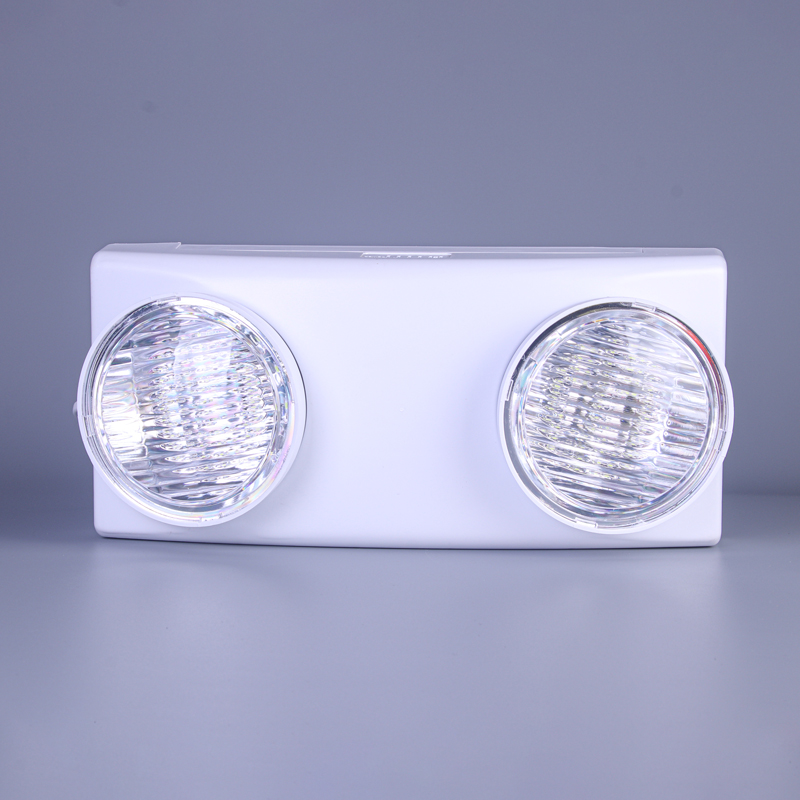 6 W LED automatic emergency lamp
6 W LED automatic emergency lamp -
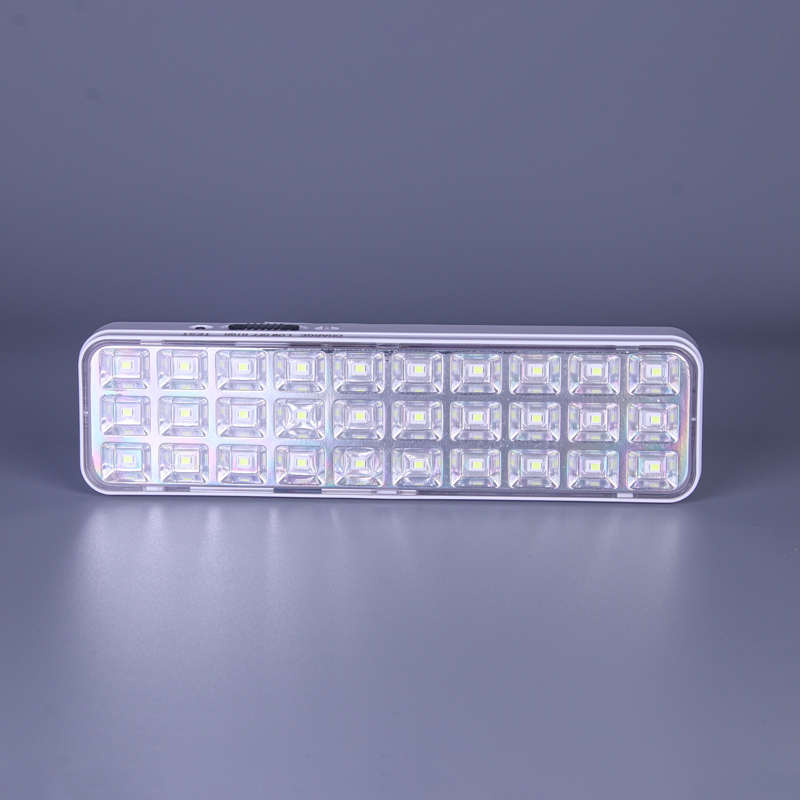 LED 3 W rechargeable portable camping lamp
LED 3 W rechargeable portable camping lamp -
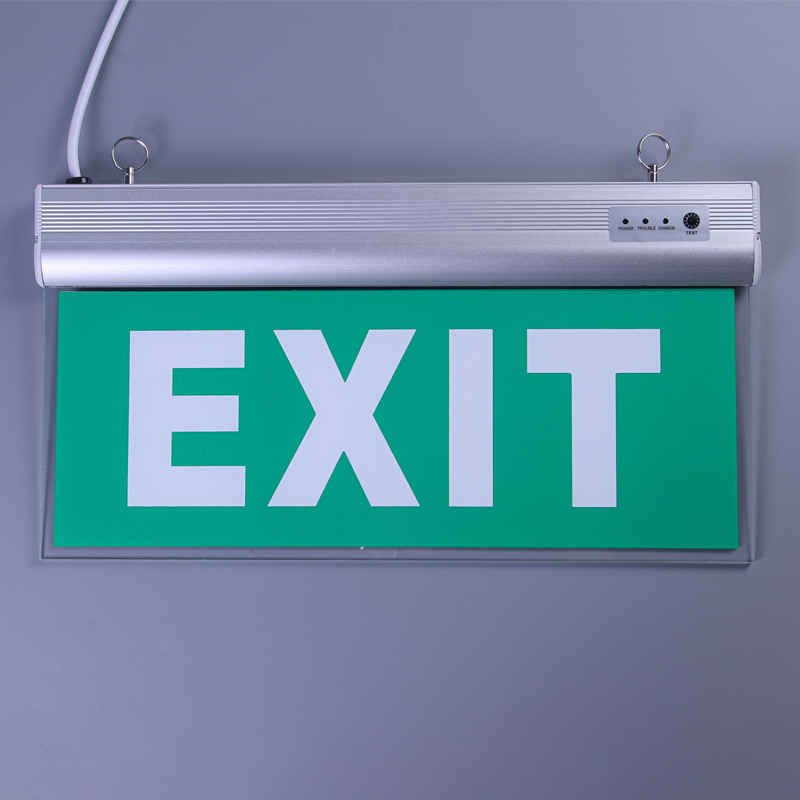 3W LED emergency lamps
3W LED emergency lamps
Connectedsearch
Related search- China portable emergency exit light of suppliers
- China Plant 40pcs LED emergency lights
- China of emergency light Factory
- Emergency light lamp under the CL lamp
- Emergency lamp BS
- LED emergency lamp
- China Emergency Lighting 30 LEDs Plant
- Chinese manufacturers of lighting lighting lighting equipment
- Chinese suppliers of emergency power lamps IP65
- Chinese factory of lamps with emergency blocks










